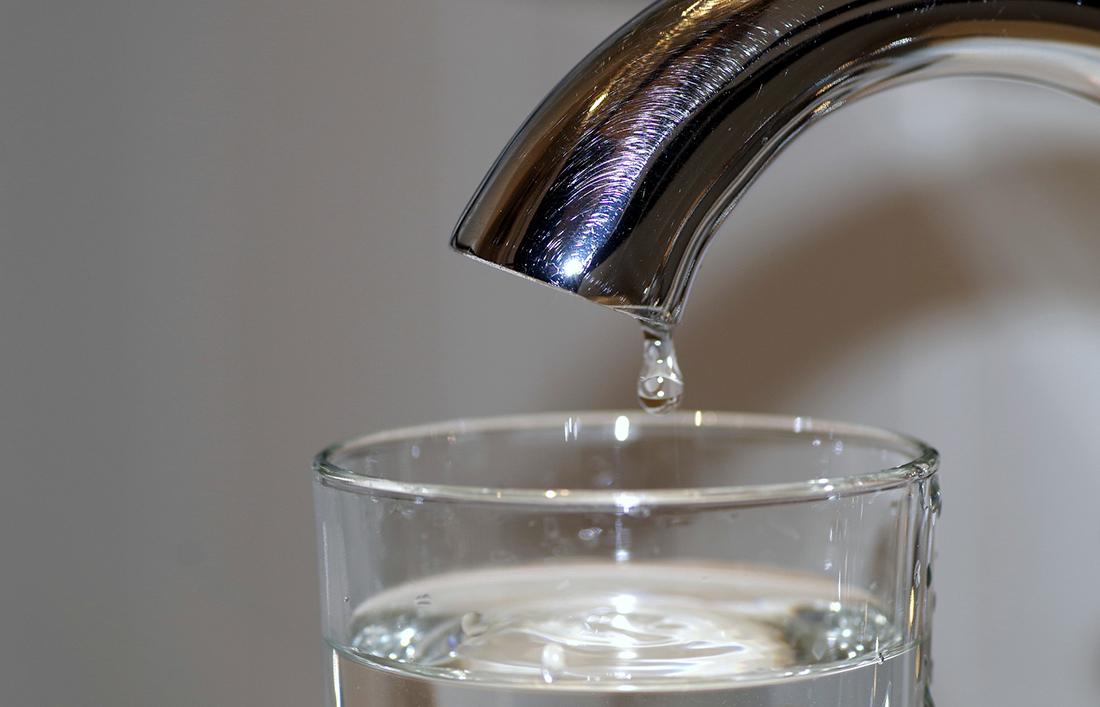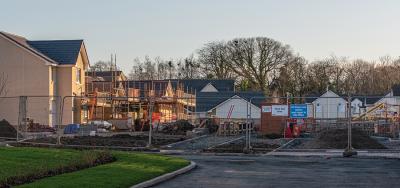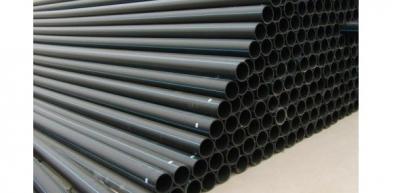How to recover drinking water supplies after prolonged inactivity
As the country slowly re-establishes itself over the coming weeks when lockdown begins to be lifted, it's critical that building owners, managers and landlords and those who offer "refill" schemes take action to manage the risk of water systems that have not been used, to ensure that as staff return, water systems are safe.
Water UK warn that as a result of the closure or part-closure of buildings drinking water systems may have been subject to stagnation due to low turnover of mains water or water in storage. This could have resulted in warming of water in internal plumbing systems, microbiological regrowth or increased uptake of plumbing metals. Unless steps are taken before the building is reoccupied there is a risk of adverse drinking water quality and potential risks to health.
Your local water company will be continuing to maintain its own networks and systems to assure the quality of water entering a building but here are the steps you can take to make sure your drinking water is safe:
- To ensure the water in the plumbing systems is fresh, run all taps individually, starting with the tap nearest to where the water enters the building and moving systematically to the most distant outlet. It should be sufficient to run until the water is clear and feels cool to the touch. Where water is supplied from storage, storage cisterns should be emptied and filled with water direct from the incoming supply, before the taps are flushed.
- Flushing should be carried out in a manner which minimises aerosol generation, e.g. removing shower heads prior to flushing, to reduce the risks of Legionella transmission. Safety considerations should be made for those flushing including appropriate PPE.
- Ensure that all appliances are also thoroughly flushed through before use, using manufacturer’s instruction manual.
- If the property has any internal filters or water softeners, these should be checked to ensure they are working correctly as outlined in the manufacturer’s instruction manual.
- Ensure that if plumbers are required to make any changes or repairs to the plumbing system that approved plumbers under the WaterSafe scheme are used.
- Confirmatory testing is widely available for water systems.
Larger buildings, those with tanks, showers, calorifiers and more complex pipework the expectation is likely to be for more extensive flushing followed by cleaning and disinfection. If you have a complex plumbing system you should ensure you have a competent person to oversee this work.
Recommissioning your water supply should be in-line with your water safety management plan, including pressure testing all systems.
If you still have concerns after taking these simple steps, please contact your water retailer or look on the local water company website for more information.
Water retailers can access specialist advice on how to support their clients and the specific issues affecting them from their designated wholesale supplier contact point.
Further information
To view or download the original document and for further advice visit the Water UK website.
Sign up to the building bulletin newsletter
Over 48,000 construction professionals have already signed up for the LABC Building Bulletin.
Join them and receive useful tips, practical technical information and industry news by email once every 6 weeks.
Subscribe to the Building Bulletin





Comments
Ychwanegu sylw newydd